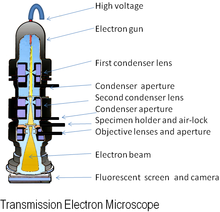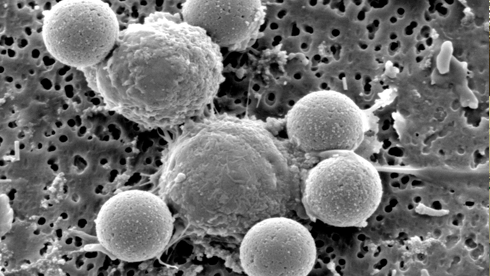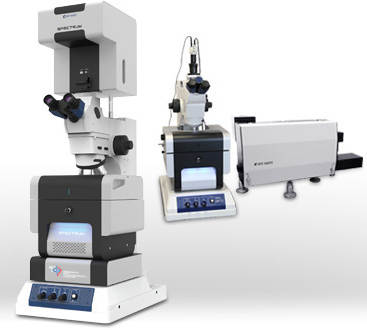Columbia Journal
Biology and Chemistry section
The New Western Craze
by: Tayde Quinto
Green Tea has proven to be the most popular drink in the world. In the article, the writer mentioned that people that consumed regularly green tea have a lower risk of having stress, anxiety, and depression. An example of green tea referred to in the article was Camellia sinensis, this type of green tea is less fermented, and as a result, it contains more antioxidants. A great benefit of green tea are the various effects of prevention of tooth decay, inhibition of high blood pressure, cancer prevention, and others. Another component that green tea contains is caffeine, which can cause increased of alertness, increased stamina, and hangover prevention. In addition to her article, she mentions green tea can also help stabilize blood pressure and cholesterol levels. She finalized by recommending drinking a few cups of green tea every day to experience the health benefits that green tea can offer.





